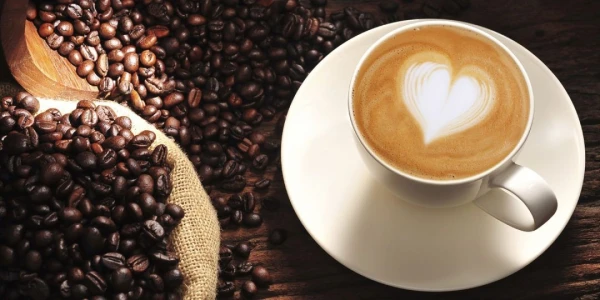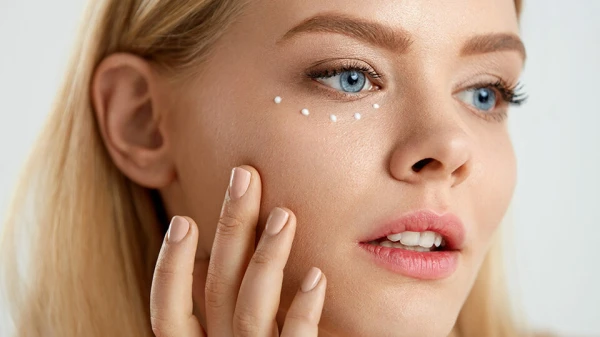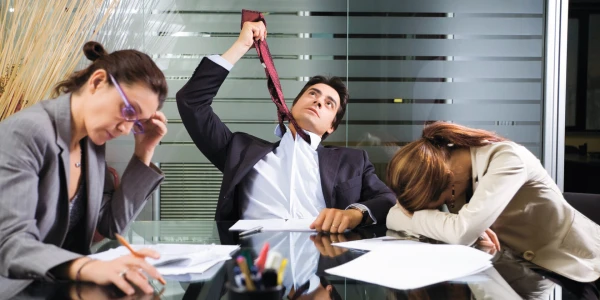
Every coffee lover dreams of a cup of aromatic drink that can energize them for the whole day. But did you know that the proper preparation of coffee affects not only its taste but also its benefits?
Making truly delicious coffee is an art. Neurologist Anna Fedorova shared her secrets as a connoisseur of the drink, revealing the nuances of ingredient selection and brewing methods that will make your morning ritual a true pleasure and a healthy start to the day. These ten simple tips will help you enjoy coffee, maintain mental activity, and improve your mood.
1. Freshness is Key
This is the most important secret and the foundation of successful coffee drinking. It is essential to remember that coffee is a perishable product. Therefore, buy freshly roasted beans. Look for the roasting date on the packaging. It is ideal to consume coffee within 1-2 months after roasting. Avoid ground coffee. It oxidizes and loses its aroma hundreds of times faster. Buy whole beans and grind them just before brewing.
2. Quality Water
Coffee is 98% water, so it is not surprising that the quality and taste of the water directly affect the flavor of the drink. The ideal option for making the beverage is bottled non-carbonated water of medium hardness or filtered water. Water that is too hard will impart bitterness and not reveal the flavor.
3. Proper Grind
Depending on the grind size, different variations of the drink can be prepared. For example, a coarse grind is suitable for French press and Chemex, a medium grind is for filter coffee, drip coffee makers, and Aeropress (classic method). A fine grind is used for espresso and Turkish coffee, while an extra fine grind is for Turkish coffee (according to some recipes).
4. Accurate Proportions
Coffee should not be measured by "feel," but weighed. Use kitchen scales — this is the most accurate method. The golden standard for brewing is to use 15-18 grams of water for every gram of coffee. For a 300 ml cup, you need about 18-20 grams of coffee. In the case of brewing the drink, measuring coffee with a spoon will not be accurate, as different grind sizes have different densities.
5. Ideal Water Temperature
Boiling water kills delicate aromas and burns the coffee, making it bitter. The optimal temperature range is 92-96 °C. A simple hack to achieve this: after boiling, let the water sit for 30-60 seconds.
6. Brewing Technique Matters
Each method reveals coffee in its own way.
-
Espresso: rich, dense, with a creamy foam on the surface.
-
French press: dense, with a rich body and natural oils.
-
Pour-over: clean, bright, with a complex palette of flavors and aromas.
-
Aeropress: versatile, can produce both a clean and a rich drink.
Experiment to find your method.
7. Extraction Time
This is the time the coffee is in contact with water, which is important when brewing the drink. Too short a time (under-extraction) will result in coffee that is sour, weak, and "under-cooked." Too long a time (over-extraction) will make the coffee bitter, astringent, and hollow.
Approximate guidelines:
-
Espresso: 25-30 seconds.
-
French press: 4 minutes.
-
Pour-over: 2.5-3.5 minutes.
8. Roast Type and Bean Selection
Try different varieties and roasts. Ethiopian Arabica will be floral and berry-like, while Brazilian will be nutty and chocolatey. A darker roast will give bitter chocolate notes, while a lighter roast will have more acidity and fruitiness.
9. Clean Equipment
Residues of old coffee oils (which quickly become rancid) are the enemy of good coffee. Therefore, regularly clean your coffee grinder (especially burr grinders), rinse your French press and Aeropress with boiling water, and regularly clean your coffee machine according to the instructions.
10. Practice and Experimentation
Don’t be afraid to break the rules. Write down what you did: how many grams of coffee, what grind, temperature, time. If the cup turned out well, you will be able to repeat that result. If not, you will understand what needs to be changed.












